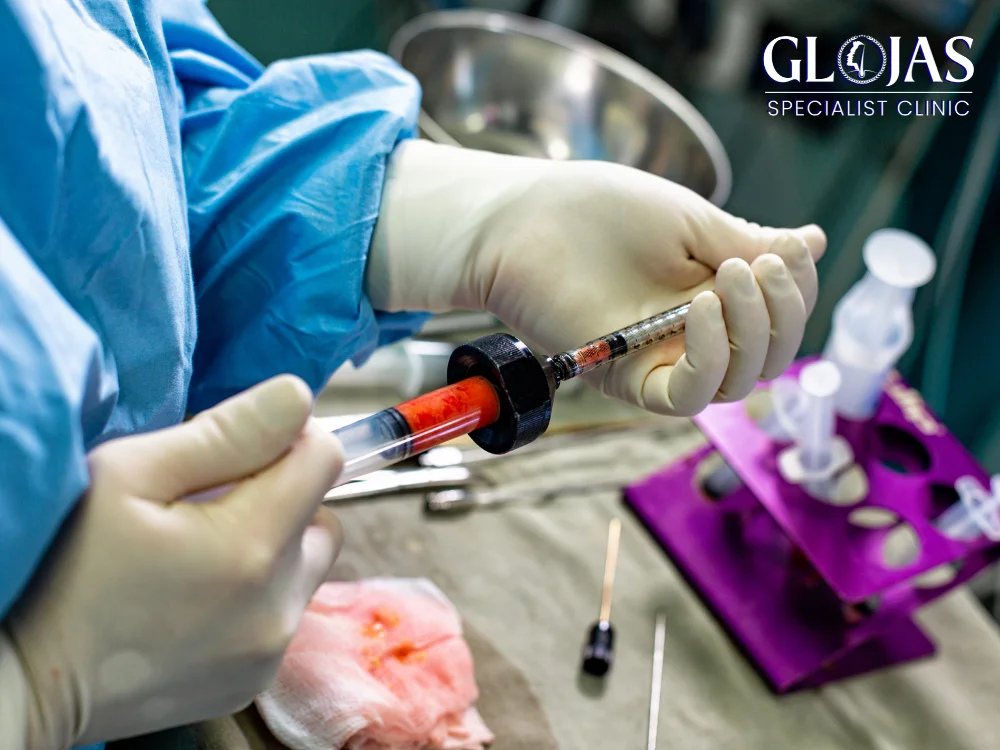10 Amazing Benefits of Fat Transfer to Face for Youthful Skin

Fat transfer to the face is becoming increasingly popular in the world of cosmetic procedures. This innovative technique uses your body’s own fat to restore volume, smooth wrinkles, and rejuvenate your appearance. Whether you’re looking to combat signs of aging or enhance facial contours, fat transfer offers a natural solution with lasting results. In this […]

